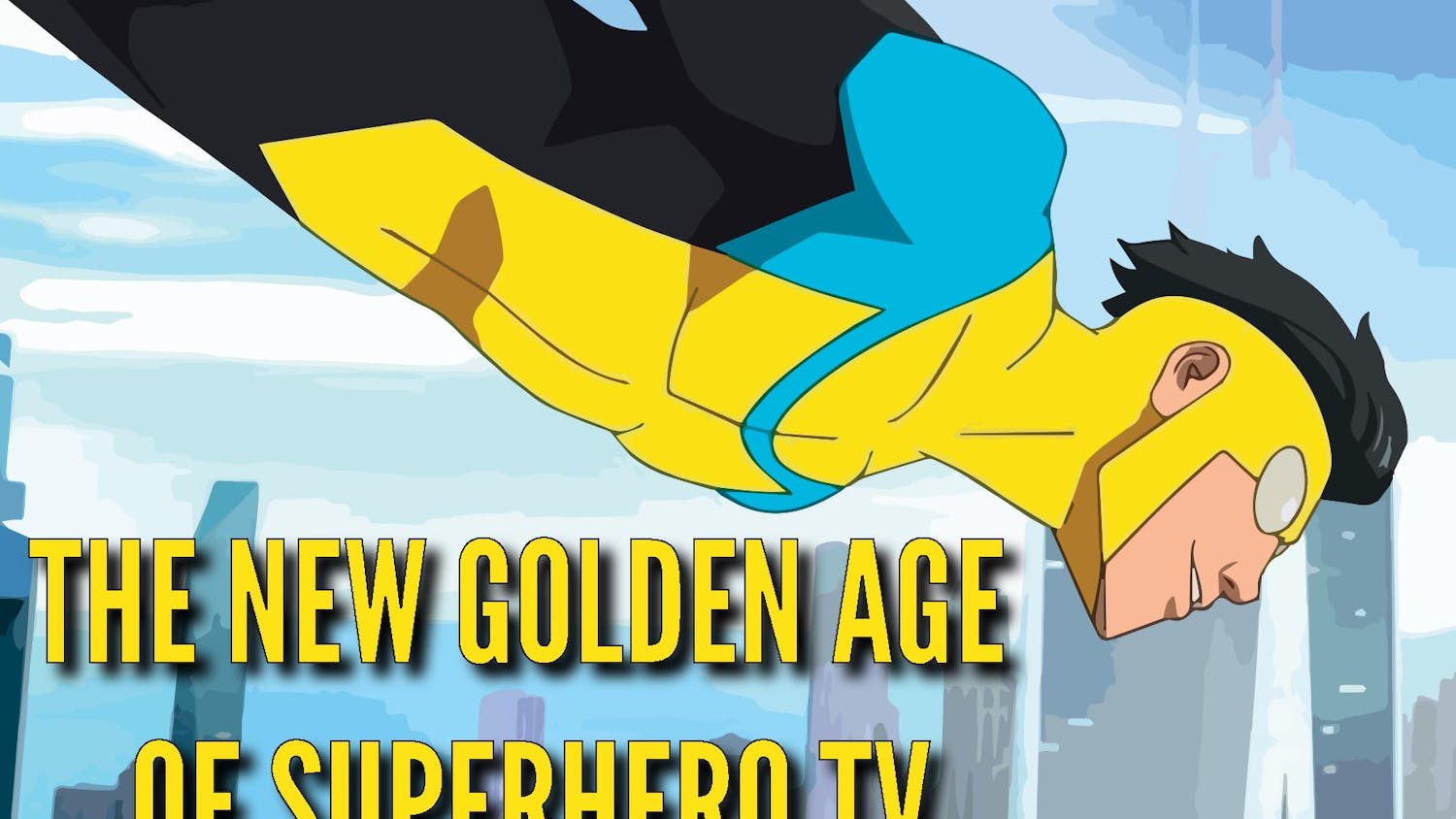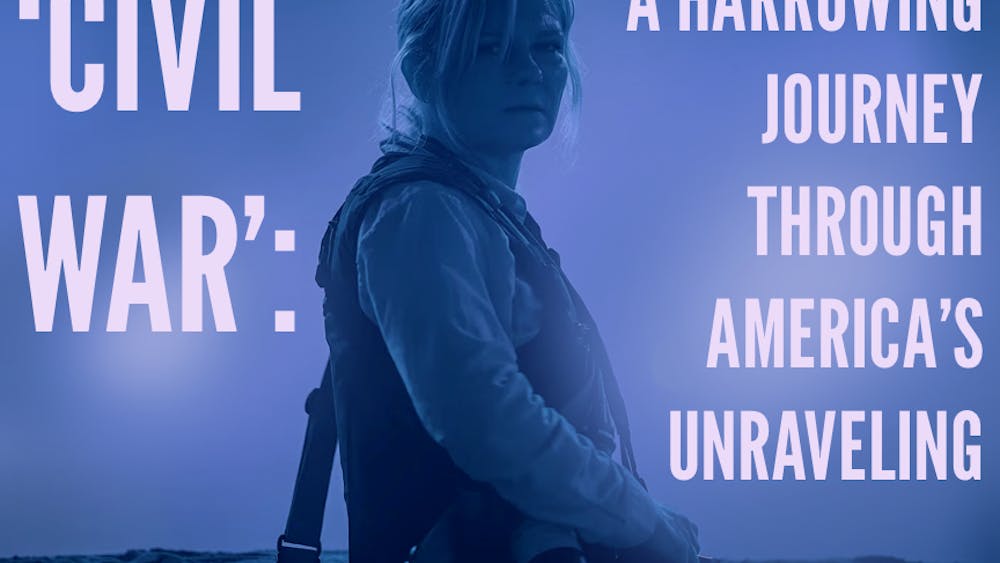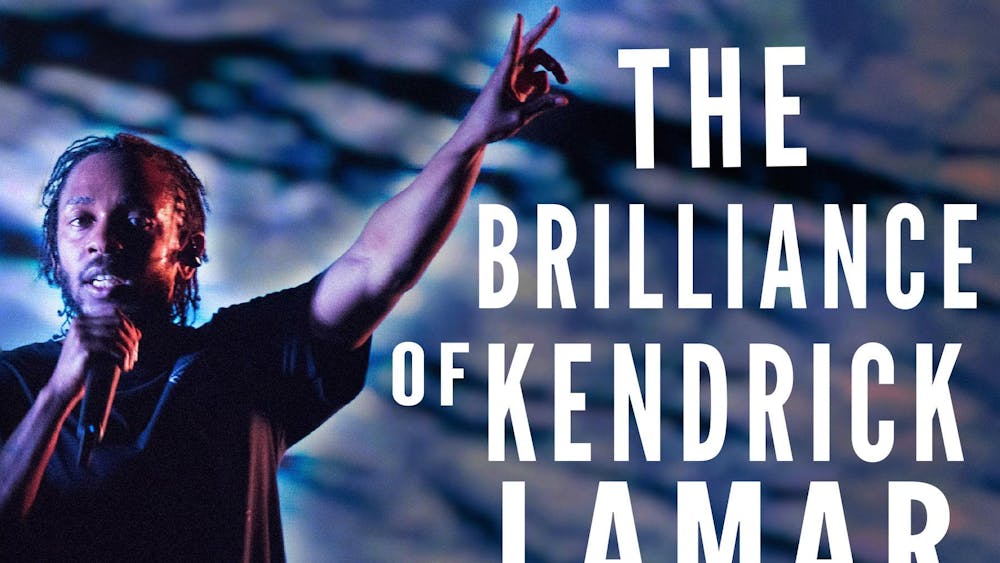
If you opened Aziz Ansari’s “Modern Romance” looking for a book purely composed of dating advice with a punch line, you would be sorely disappointed. The book is really the findings of a study on how the ways people date have changed, particularly in relation to the difficulties of textual communication and technology like Tinder and OkCupid. Ansari, along with New York University sociologist Eric Klinenberg and a host of other research professionals, studied different aspects of dating, from “the initial ask” to “settling down.” In between, Ansari provides candid commentary on the risks and rewards of increased choice in the dating world, the role of online dating and the issue of cheating in its various forms. Admittedly, the book lacks a fruitful discussion of these issues within an LGBT context.
The basis of Ansari’s book is that people today are seeking a different kind of marriage than people sought at least until the 1960s. According to Ansari, companionate marriage was common, but now people ask for more: We want soul mates. With accounts by people from a a range of ages, including anecdotes from residents of retirement communities, Ansari more or less substantiates the claim. However, Ansari isn’t trying to say that your grandparents don’t love each other. As Ansari puts it, “These marriages may have started with a simmer, but over time they could build to a boil.” The search for one’s soul mate is no easy task. Ansari uses funny narratives from his own life as well as from others to highlight how this generation — including himself — is accustomed to getting “the best,” whether it’s the place you’re going for brunch or the person you’re looking to marry.
One of the most interesting parts of the book is how the study examines online dating. The study found that dating apps or websites become frustrating when “people spend way too much time doing the online part; not the dating part.” Instead they should be used as “introducing services.” That perspective of online dating puts a whole new spin on chat-based apps, like Tinder. Ansari’s commentary on apps like Tinder is playful, but he is careful not to discount the real fears that people have about meeting online matches in real life. He discusses the problems with online dating including but not limited to the “stud mentality,” in which the swiper overestimates their own attractiveness, and the multitude of potential dates as a problem rather than a host of good opportunities. Ansari sees online dating as the dating of the future, despite the various pitfalls that come along with swipe-based apps. If you are looking for picture tips to get more matches, he provides those too. On the whole, the book leaves it to the reader to decide whether this move from meeting people locally through friends or civic engagement to online is good or bad.
The book also looks at the way the Internet and technology has changed dating internationally. In places like Qatar and the United Arab Emirates, the Internet provides avenues for romantic freedom that were previously unavailable. The book highlights the difficulties of dating in Japan, which is due partly to evolving gender roles and increasingly educated women remaining in the workforce, and the perhaps more aggressive dating scene in Buenos Aires. The cases serve to mirror each other, one where it is difficult to date because a lack of assertiveness, and one where rejection is difficult to get across to pursuers and casual sex is more common. Through mirroring such extreme cases, Ansari is able to show how being too far on either end of the spectrum is detrimental to productive relationships.
“Modern Romance” is an insightful, often hilarious study of how dating works today. Ansari cleverly weaves jokes between chapters and maintains the necessary lighthearted authority to speak about dating without appearing condescending or overly logical. "Modern Romance" would be an excellent read for anyone wondering why people choose to meet through screens today.













